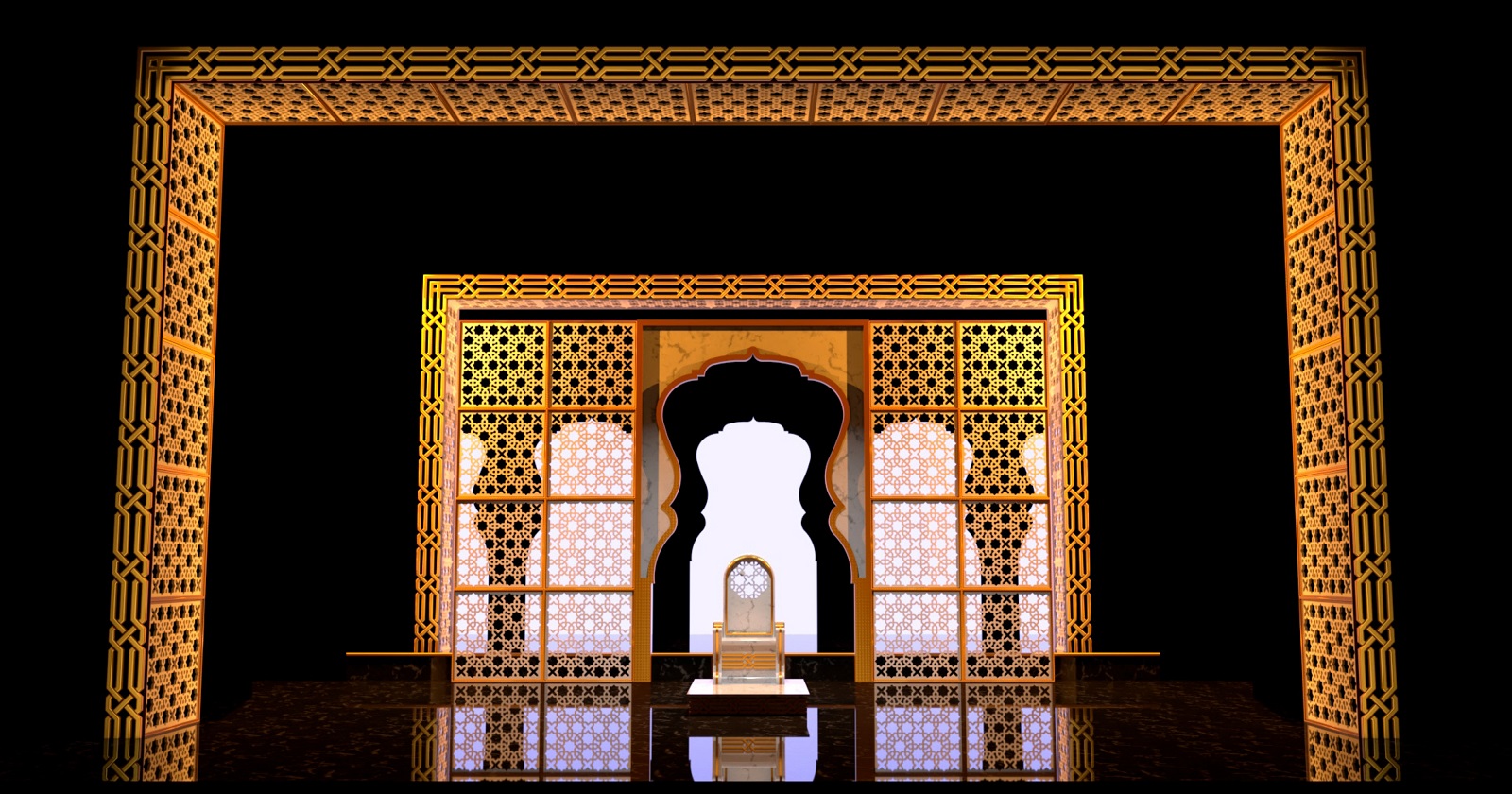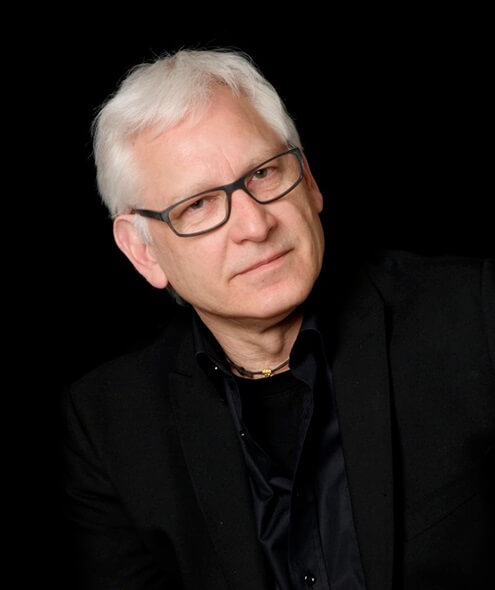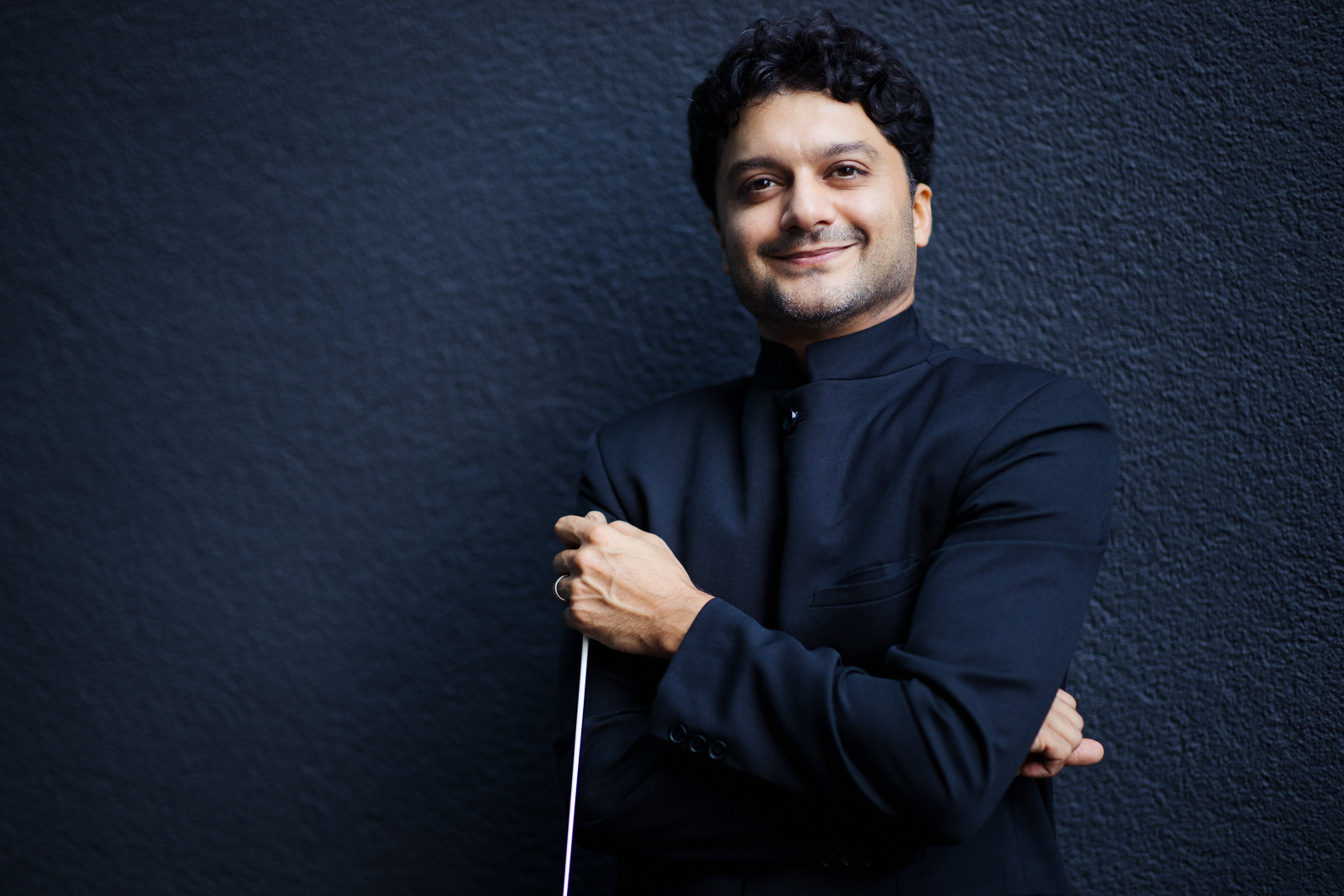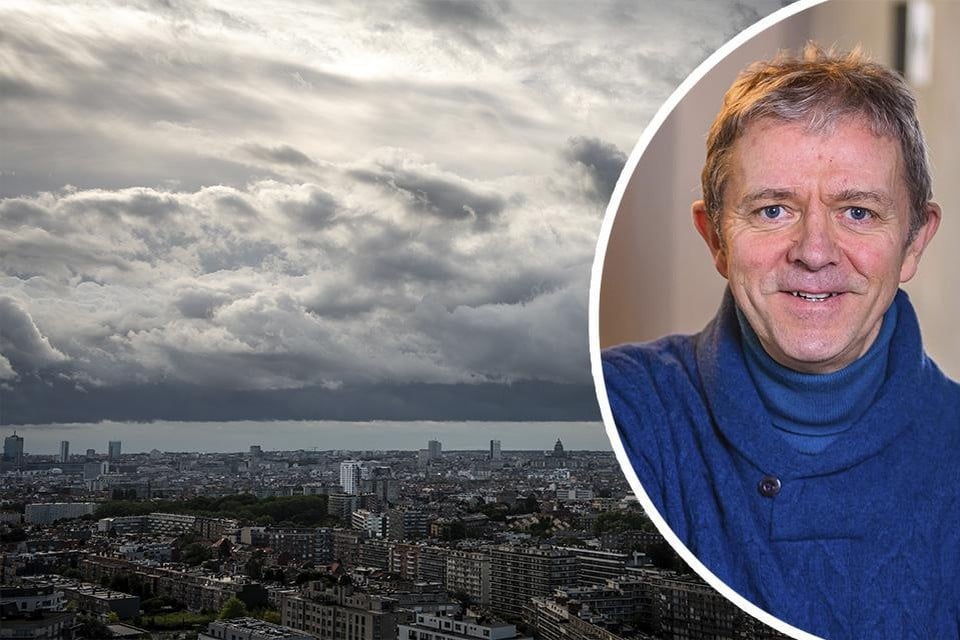Musical Theater is preparing for the premiere of the operetta “Thousand and One Night”

The international creative team of the performance has music director and conductor Adrija Čepaitė, conductor Giedrius Vaznys, director and choreographer Leonard Charlas Prinlooo (Austria), scenographer Carlos Santos Cabrera (Spain), costume designer Agnė Kuzmickaitė.
What special about this operetta and what exceptional spectacle will be seen by the Lithuanian audience, says director and choreographer L. Ch. Prinsploo.
– What is special in your Klaipeda J. Strauss Juni. Operet's « Thousand and One Night »?
– Johann Strauss Jr. (1825-1899), often referred to as the « king of one waltz », is considered one of the most important creators of the operetta genre, especially in Germany and Austria. He had a huge impact on the development of the operetta, although his contemporaneous Jacques Offenbach, who lived in Paris, began to create operettas. Another influential creator of the Austrian operetta was Franz von Supé, and his operettas also gained great popularity. But Strauss' music, though it seems extremely uncomplicated, is primarily overwhelmed by its beauty, freshness, timeless sound!
Paradoxically, after the death of the composer, the first -time operetta « Thousand and One Night » was actually one of the first operettas created by J. Strauss with a whole new librett. The original name for this operetta was « Indigo and forty robbers » (1871). The name has been later adjusted and the libretto has been rewritten so many times and this has made the storyline so confusing, illogical, full of contradictions that today this operetta is jokingly called « Indigo and Forty Libreists ».
I have seen many versions of this operetta, each telling a different story. She is politicized in some places, going to ancient times. By restoring this story, I tried to feel its essence on the Klaipėda stage – a fairy tale. So in our interpretation « A Thousand and One Night » is a fantastic operetta whose action takes place in a fictional Eastern country, but its storyline has nothing to do with the same name known Arabic tales. The performance will be extremely visual and will match the styles of various eras.
The operetta features wonderful, easily recognizable J. Strauss waltz and Polka. This operetta remains extremely popular and often built due to the beauty and simplicity of its music.
Carlos Santos Cabrera Sketch.
– Even if it sounds simple, probably doesn't mean it was easy to create?
– Once when I was a student and learning music, I proudly told the professor of my composition that Strauss's Waltzes were very simple … The professor suggested: Ogi Sit and write a waltz in Strauss style. I tried but failed …
– What is this operetta about?
– I will briefly tell you the storyline of a « thousand and overnight ». Sultan Suleiman returns to his palace from a long trip to Europe. While traveling in foreign countries, he visited many different cultures, got acquainted with innovations and decided that his country had to become civilized as well.
In the first picture of the operetta, we see a harem lady. They are bored, do not know what to do, because their husband, Sultan Suleiman, has gone, and is not sure when they will come back. Suddenly, the Sultan's personal secretary Edin appears in the harem (although this contradicts Islamic rules prohibiting a stranger to enter harem). He reports that big changes are waiting for them, and polygamy will soon be replaced by monogamy! Edin brought a young wife from Vienna, who causes a great deal of confusion in the Sultan's harem with his story about the rights and freedoms of women in Europe. Monogamia thrives there: men make a family with only one woman, but both have romantic stray to the side … Then visiting their harem comes from the trip when he returned from the trip. According to him, in European culture, the most important thing is that there is complete freedom of worldview and thinking.
Even before traveling, the Sultan visited the Yellow Mountains (there are no such mountains – another mismatch for reality). Here he fell in love with a young girl Leila, the niece of the sorcerer's Cormens. Sultan's love did not fade even during a year's trip to Europe. However, she would agree to become a Sultan's wife only if she gave up all her other wives. This is opposed by the Great Viziris and the Harem ladies, so the Sultan thought about an alleged uprising. Thinking about what he to do, the Sultan falls asleep and dreams of a dream: Leila, who is supposedly married to a fisherman, similar to Suleiman like two drops of water. Suleiman prescribes Mosu Sultan for a week to enjoy the Leila Society in the fisherman's hut. Finally, all this turns out to be a pure fiction and Sultan Suleiman can finally marry his beloved Leila publicly.
The alternative reality of the dream for the Sultan has shown that the desire to change established traditions is not so easily implemented that democracy may not work in its country – the change in the name of change does not work.
Carlos Santos Cabrera Sketch.
– So what is the moral of this story?
– Morality could be: love for one person is just one of the options for personal happiness. Suleiman's wishes do not meet the norms and laws of his country, and the dream or alternative reality shows what could happen if he surrendered to his wishes. Which culture is better – European or oriental? Is it possible to suddenly change the norms and traditions that have been established over many years, and are they need to be changed at all? These changes lead to the fact that we want to unify everyone, but it is hardly necessary and hardly needed. Every nation lives happily with its traditions and is unique.
My question is: Is our reality better than the reality of another culture? Who could answer it? I think we only understand our own uniqueness by knowing other cultures.
– How many soloists or characters do you participate in this operetta?
– The actors of the operetta are the Sultan Suleman (the same soloist has to embody the fisherman Mosu), the chief ceremony master and the Sultan's personal secretary Edin, the young Edin's wife, a single -legged Value, a sorcerer, Eormuzis, Omuzio's niece Leila, harem ladies, Viziris Machmud Nerin, the Imperial Great Villakam, and many other roles of sung and dumb empire, leather, servants and slaves, performed by choir and ballet artists. At the beginning of this year, the theater took place in the theater, almost all the decisions on the role -made performers have already been made in the theater, but Adrija Čepaitė, the music director and conductor, should finally decide.
Meanwhile, my role in this production is not limited to directing. I also create choreography because the operetta has a lot of movement and dance, especially in the sultan's dream scenes. One of the most impressive choreographic numbers in this operetta will be the dance of Sultan's beloved Leila.
– Will this be your first work at Klaipeda State Musical Theater?
– First. I am pleasantly surprised by the professionalism of the team I met here, and the promising meeting with the conductor Adrija Čepaitė and costume artist Agne Kuzmickaite was especially promising. I come with my ideas, and now we combine and combine ideas with other members of the creative team.
The operetta will be visual, so it will take a lot of technical solutions and special lighting. I visited a new theater building, especially the sea, which has many technical capabilities. I was fascinated by the possibilities provided by the stage lighting: it can get a variety of light shades that you just need to implement your ideas. It is a very modern theater we would like to have in Austria as well.
Leonard Charl Prinsploo
Leonard Prinsloo. Photo by Armin Bardel
Business card
Born in the Republic of South Africa and currently located in Vienna, Leonard, a theater director, choreographer, educator. After the Pretoria and Witwatersrand (Johannesburg), after the music and ballet studies, the Pact Ballet Troupe in Johannesburg, Italian and German ballet troupes began his career. He later took on choreography and opera directing, and worked as a performance director, choreographer and director of Keln and Augsburg in state opera theaters (Germany). 1993 started working as an assistant director at Vienna State Opera (Austria). Since 2017 works as a resident director at the Baden Opera House (Austria). As a freelance director and choreographer, he is often invited to build operas, operetta, musicals and contemporary musical theater performances in European, South African and Asian theaters. The artist also often cooperates with music and operetta festivals, such as the Leháro Festival of BAD, Seeftsspiele Mörbisch (Austria) or Daegu Festival in South Korea. His creative luggage contains over 60 operas, operettas, musicals, dance performances. Next to the classic operas and operettas, he is happy to take on contemporary works, whose world premiere took place in Vienna, in Linz and Klagenfurt (Austria).
L. Prinsloo teaches at the private University of Music and Arts (MUK) and at the University of Music and Stage Arts (MDW), and produces performances with students of these high schools. 2014 Together with opera soloists and other artists, he founded+Opera, which takes care of the career capabilities of young opera artists and the development of audiences. Among the recent director's work is the premiere of Maur Yeston's musical « Titanic » at the Baden Theater in 2024. In February and the premiere of Johann Strauss II's operetta « Thousand and One Night » at the Klaipėda State Musical Theater in 2025. in May.










